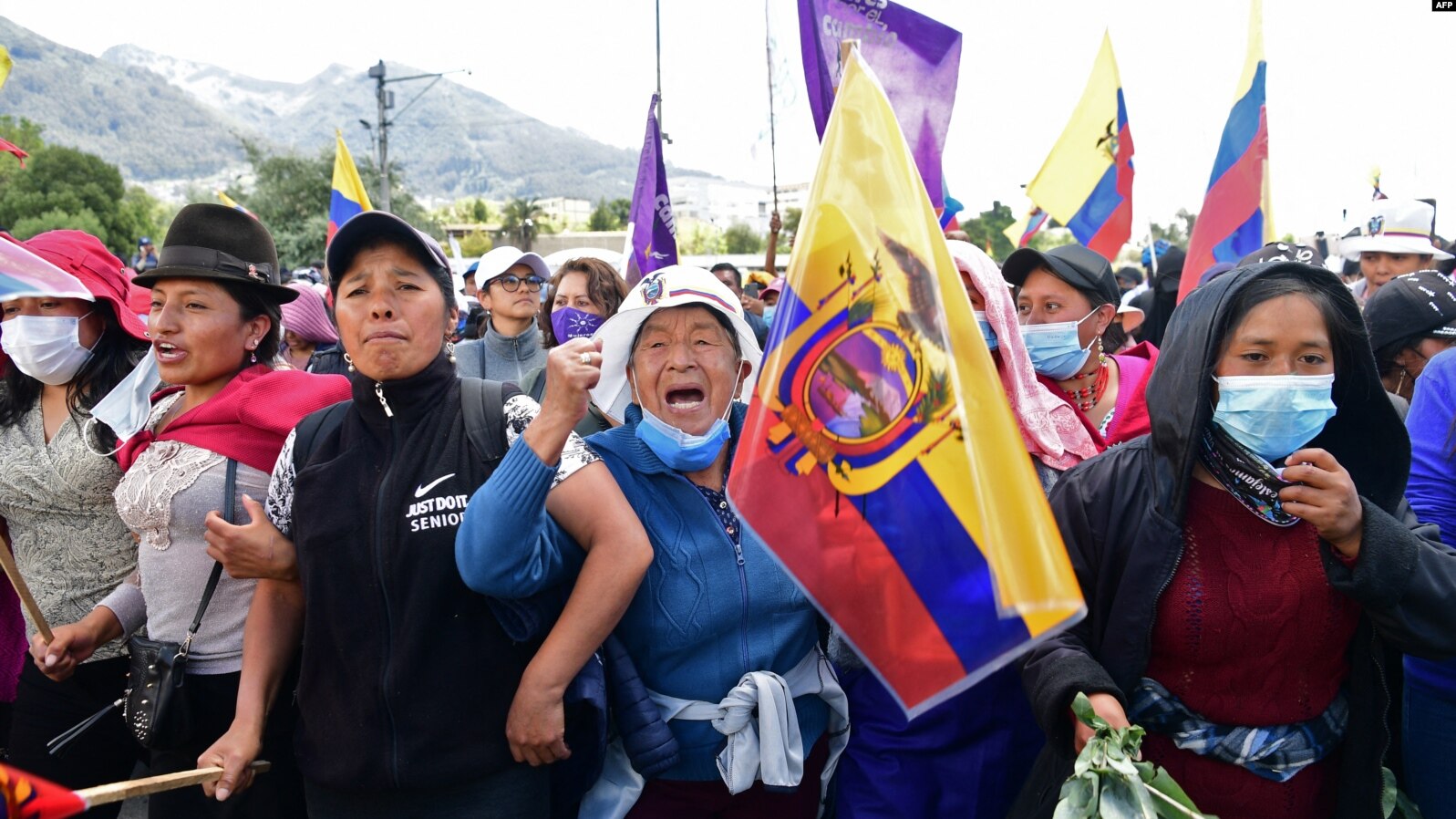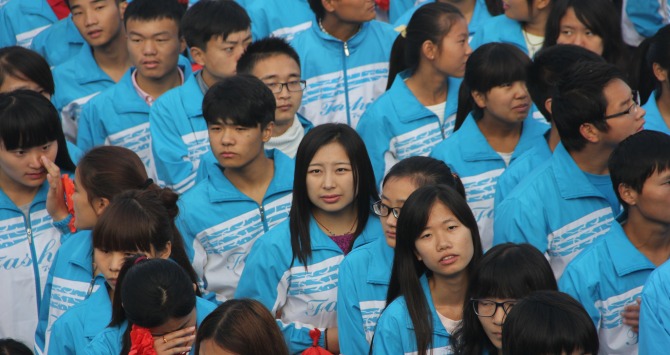MSc Health and International Development student, Eman Rahman, shares with us India’s progress in women’s abortion rights, but argues, the country could do a great deal more to ensure better access of safe abortion services by those who need it.
The subject of abortions has never been an easy one, and the past few years have been proof of that. From the Global Gag rule to the heavily debated abortion amendments currently underway in Ireland, the past few years have been a charged period for women’s sexual and reproductive rights. With shadow donors aiming to increase access to abortion services even as prominent Western governments fighting to are failing to do so, India emerges as a strong example of pro-abortion policies which are well intentioned towards increasing access to safe abortion services. Having legalized abortion in 1971 to reduce maternal mortality, the country is proof that holding abortion as a constitutional right is essential to advancing the discourse on family planning as well as women’s rights.
Even as these countries are spearheading the discourse on abortion rights, deaths due to unsafe abortion account for 13% of maternal deaths in the developing in South East Asian Region, compared with 11% in the developed region. As a result, all countries in the region, including India, have signed commitments such as the Programme of Action of the 1994 International Conference on Population and Development (ICPD) which established abortion as a public health issue and promoting women’s rights to family planning, including abortion.
However, India is yet to convert availing abortion into a right—something that Nepal did in 2002 by allowing abortion upon request upto 12 weeks of the pregnancy, and 18 weeks in the case of rape and incest, thereby making it an unassailable right for women. As per the existing Medical Termination of Pregnancy Act (1971) in India, abortion is provided only after the consent of one doctor in cases of pregnancy up to 12 weeks, and after the consent of two doctors in cases up to 20 weeks. Even though India was one of the first few countries to liberalize abortion, it is still not a ‘right’ which can be availed by a woman. As per the current legislations, a woman can avail an abortion only after the consent of a physician (or physicians, if the case may be), and only if there is either a threat to life; or mental or physical trauma; or contraception failure (available as a ground only for married women); or in the case of fetal abnormalities.
While well-intentioned, the current legislation leaves out many from its folds. A leading sexual and reproductive health research organization, Guttmacher Institute, estimates that in India, out of a total of 48.1 million pregnancies in 2015, about half were unintended—meaning these pregnancies were wanted later or not at all.
On the other hand, even those who can legally avail abortion face additional issues of public health facilities being understaffed and ill-equipped. Rather, figures suggest that only one in four abortions take place in such public health facilities, in part because many of them do not offer abortion services. Even if a woman chooses to go to a private health facility (and more than 70% of them do), doctors often deny services to unmarried women or refuse to undertake second trimester abortion, fearing that they may be sex-selective.
Finally, in cases where pregnancies go beyond 20 weeks, they must be subject to scrutiny of courts. To put this into perspective, this allows women a little over two months to detect their pregnancy and choose to either continue or terminate it. Situations such as this can often become even more complicated, as is evinced from one well-reported case from Chandigarh, where a 10 year old rape survivor was found to be 30 weeks pregnant. In this instance, the Supreme Court denied abortion as the survivor was found to be too far into the pregnancy, the termination of which may have led to serious complications.
Because of such laws women often, in desperation, must resort to ‘quack’ doctors who offer cheap back-alley abortions, to taking restricted abortion medications without the required supervision of a physician or even undertaking life-threatening measures to end their unintended pregnancies. Because of this, 8% of all pregnancy-related deaths are because of unsafe abortions which, had they been provided at the right time, could have saved the lives of countless women.
What can be done?
Recognizing the urgency of the situation, the Indian government’s Ministry of Health and Family Welfare had proposed amendments to the current Act. The amendments had aimed at increasing the limit from 20 to 24 weeks, allowing a larger window for women to make their decision. Furthermore, the amendments would have now allowed unmarried women to state contraception failure as a reason for undertaking abortion, reducing the stigma surrounding unmarried sex, pregnancies and those choosing to abort. Another proposed amendment, although strongly contested by the doctors’ association (Indian Medical Association), is to allow alternative medicine doctors (termed as AYUSH doctors) and trained community health workers to provide non-surgical abortion methods, effectively increasing access to services at the last mile.
Drafted in 2014, the bill was submitted to the Prime Minister’s office for consideration. However, it was returned to the ministry with instructions to strengthen the existing act as well as the Pre-Conception and Pre-Natal Diagnostic Techniques Act (PCPNDT) act, which targets gender-biased sex-selection. These amendments, currently undergoing revisions, would go a long way in liberalizing India’s abortion norms, an issue which has also been recognized by the political parties. BJP Member of Parliament Sanjay Jaiswal raised a question in the 2016 Winter Parliament session on the shortcomings in the current act and the current status of the MTP amendments, urging the parliament to prioritize the issue.
It is conditions like these which create the impetus towards change. Through the translation of the amendments into a bill, India will effectively capitalize on the existing movement towards change and ensure the access of safe abortion services to all those who require it. Within the larger movement, India will serve as a strong example for championing women’s health rights within the region.
Currently pursuing an MSc. in Health and International Development at LSE, Eman holds previous experience as a public health consultant working on women and child health and nutrition issues, with a specific interest in abortion laws and implementation in India as well as access to reproductive health services in Uttar Pradesh.
The views expressed in this post are those of the author and in no way reflect those of the International Development LSE blog or the London School of Economics and Political Science.





